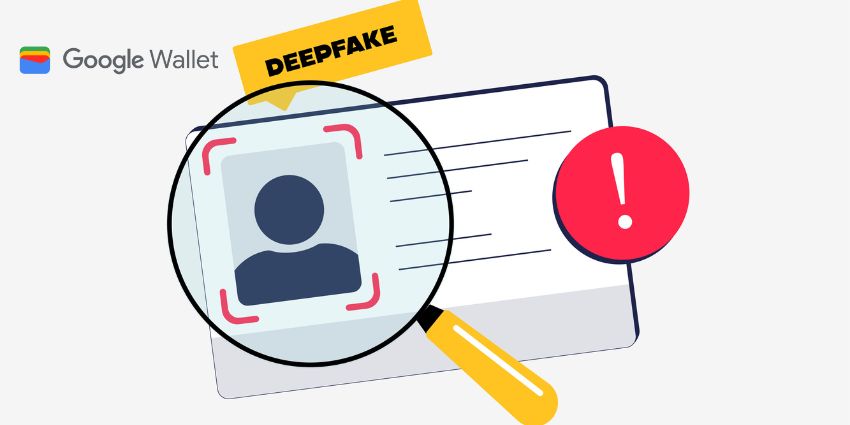In today’s highly competitive market environment, a good loyalty program strategy can set companies apart from the competition.
Indeed, the global loyalty market is going through a period of rapid growth. It will be worth $15.5 billion by 2025, and 93.1 percent of companies with a loyalty program report having a positive ROI, as per 2022 research by PwC.
There are many more statistics like this. Yet, one thing is clear: brands need to have a clear loyalty program strategy to engage existing customers and acquire new ones.
Here are seven steps to achieve this.
1. Analyze Existing Customers
Before launching a loyalty program, businesses should evaluate the customer’s needs using questionnaires, polls, and more. This is the crucial stage for estimating if a range of customers will embrace or disregard a loyalty program. Here are some inquiries to make about each customer:
- What is the customer’s annual spending?
- What items do they purchase, and how often do they do so?
- How long has the customer been a consumer?
- What is the company’s profit margin on their purchases?
- How content are the customers with our services?
2. Determine the Customer Loyalty Campaign’s Goals & Objectives
Depending on the goal, companies may offer incentives for behaviors such as spending a specific amount of money, writing customer reviews, visiting a location or store a certain number of times, or engaging with the brand via social media. The activities companies select for recognition and the rewards provided will be based on the goals of the loyalty program.
3. Offer Rewards That Carry Robust Incentivization
After conducting thorough research on the expectations of clients, companies should choose incentives that are useful for customers and, ultimately, beneficial for the business. These will encourage individuals to connect with the brand and spend money on products or services, thereby nurturing loyalty.
There are other ways to deliver excellent value to customers beyond discounts. Those who spend a specific amount or earn a certain number of loyalty points may redeem them for free tickets to concerts, sports events, and other forms of entertainment, as well as free subscriptions to additional items and services.
4. Determine the Optimal Value for Loyalty Points
Companies must make it beneficial for customers to participate in loyalty program. For instance, if companies provide cashback incentives as a component of the program, they should add financial value to the points so that customers can understand what they may gain (and later purchase) by continuing to shop with the brand.
In addition, companies should ensure that a points system is durable and pragmatic and that there aren’t any flaws or vulnerabilities that crafty users could exploit to obtain more than what was intended.
5. Determine How to Execute the Program
Once companies have decided how the loyalty program will be structured, they must select whether to operate it manually or with a software solution. For manually run programs, the company will be responsible for monitoring customer loyalty behavior and manually awarding points or rewards.
In contrast, loyalty software automates almost every aspect of a loyalty program. Some of the best software partners for loyalty program strategy may include Fivestars, CXLoyalty, Purple, Yotpo, Annex Cloud, LevelUp, Talkable, Emarsys, Clutch, and Bluecore.
6. Customize and Add a Branding Element to the Loyalty Program
Creating a brand-conscious loyalty program requires more than just selecting a rewards framework that encourages customers to purchase and spend on products.
Companies must also brand every aspect of the campaign to ensure that it is aligned with larger organizational — and product — brand architecture. Companies may customize elements like interface, messaging, and merchandise to make loyalty program consistent with the brand.
In addition, the program’s name (and overall design and delivery framework) must pique a client’s attention and set it apart from the plethora of other rewards programs they currently participate in. The name must be one step beyond only conveying that the customer will receive discounts or benefits; it should inspire them to be a part of it.
7. Prepare for New Customer Acquisition Through the Loyalty Program
A 10 to 15 percent discount is the most popular and attractive choice for garnering early customers. Also, while senior stakeholders are the ones that devise the loyalty program strategy, frontline staff will be responsible for actioning the program on a daily, customer-by-customer basis, as well as recommending it to new buyers or clients.
These eight steps explain how to go about building a loyalty program strategy. They will help companies strengthen customer loyalty – a vital pillar of the CX landscape.







